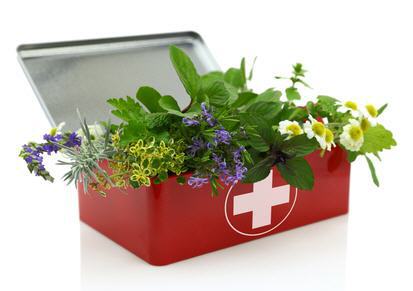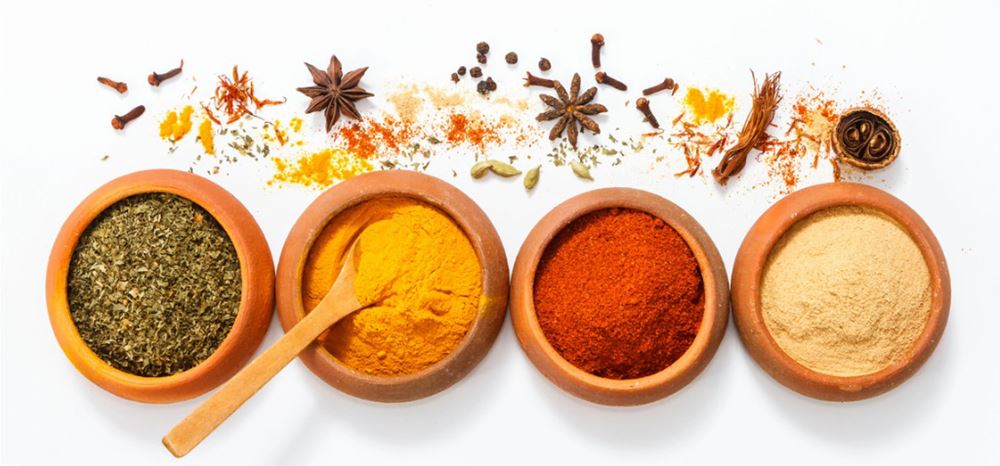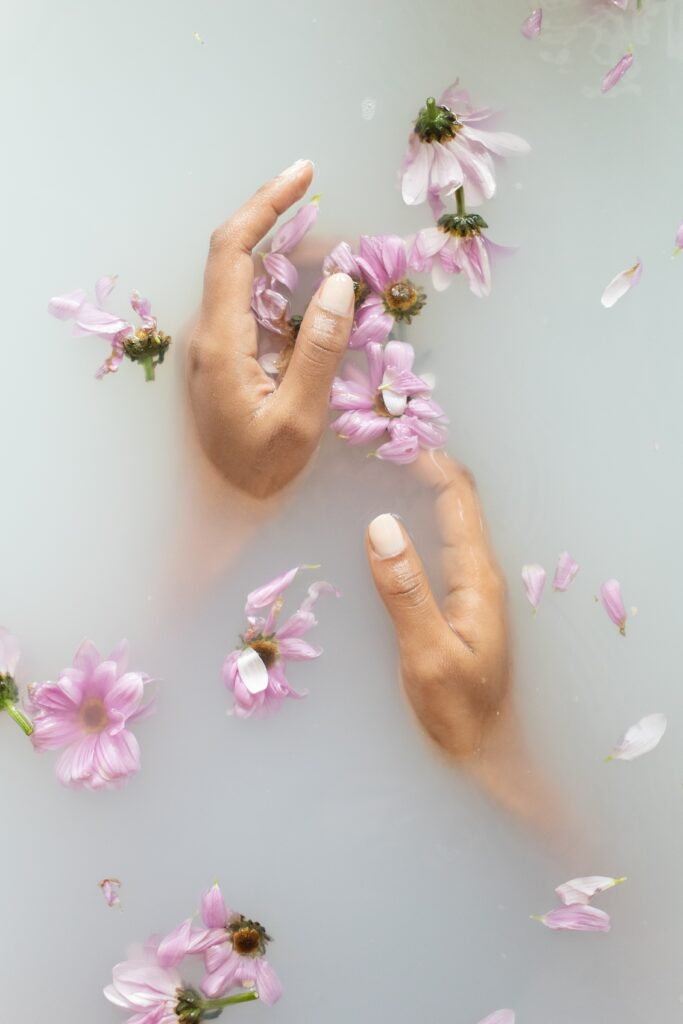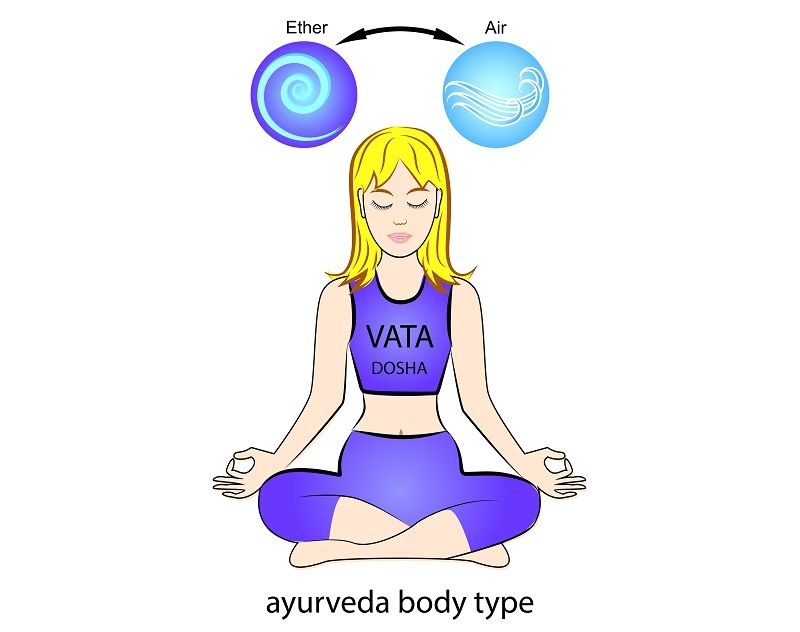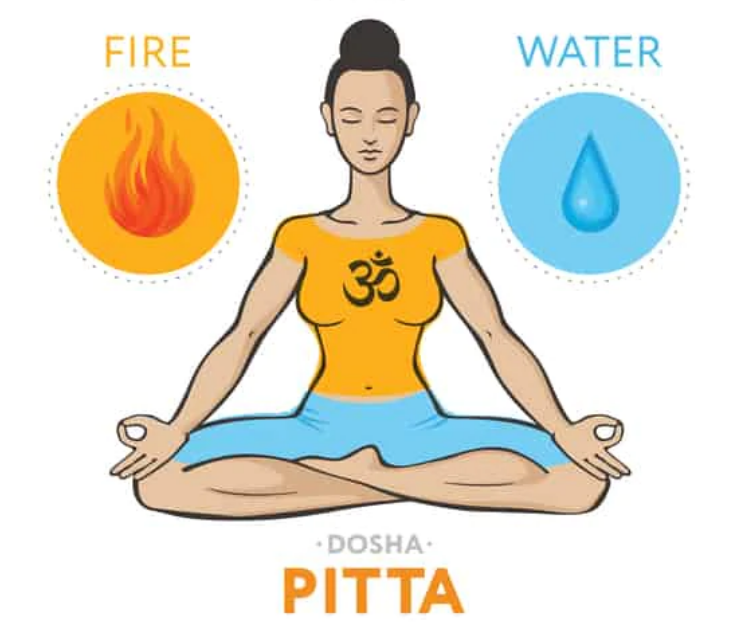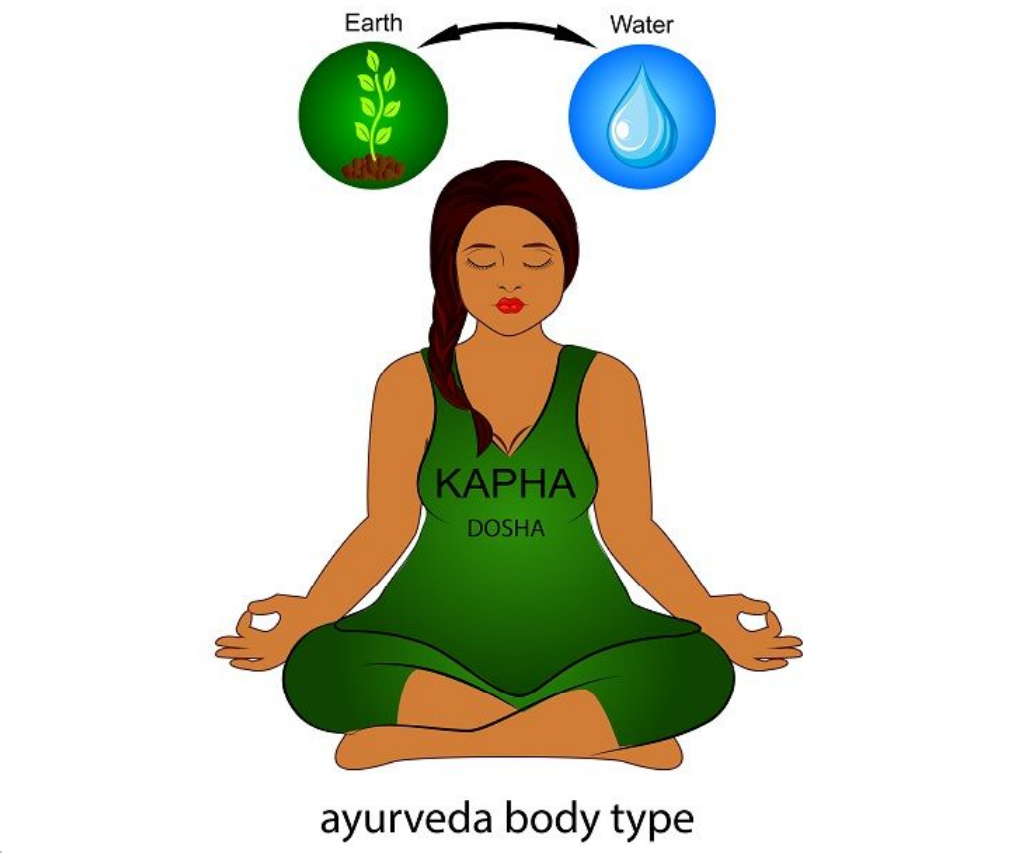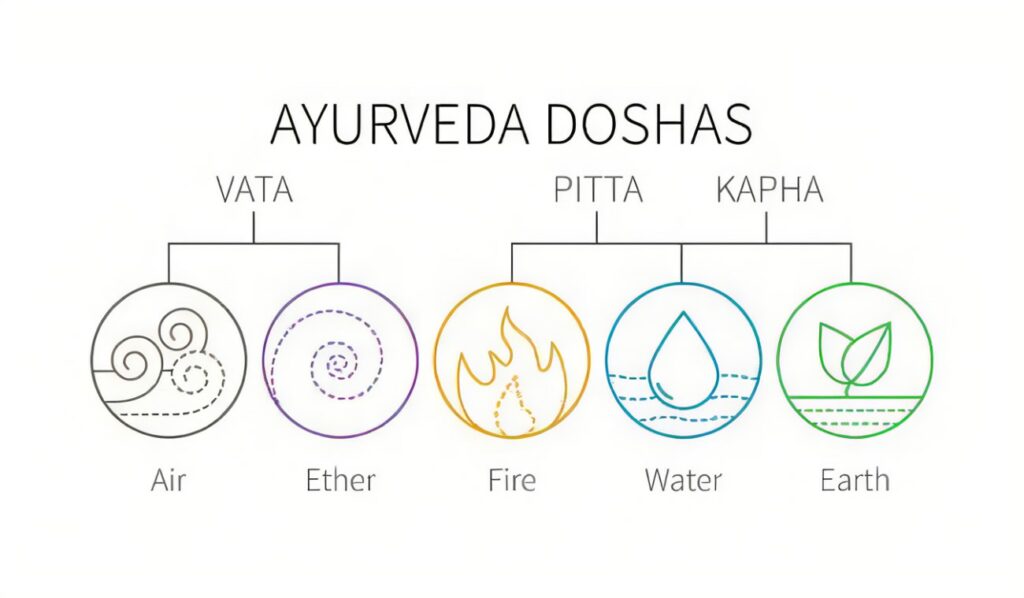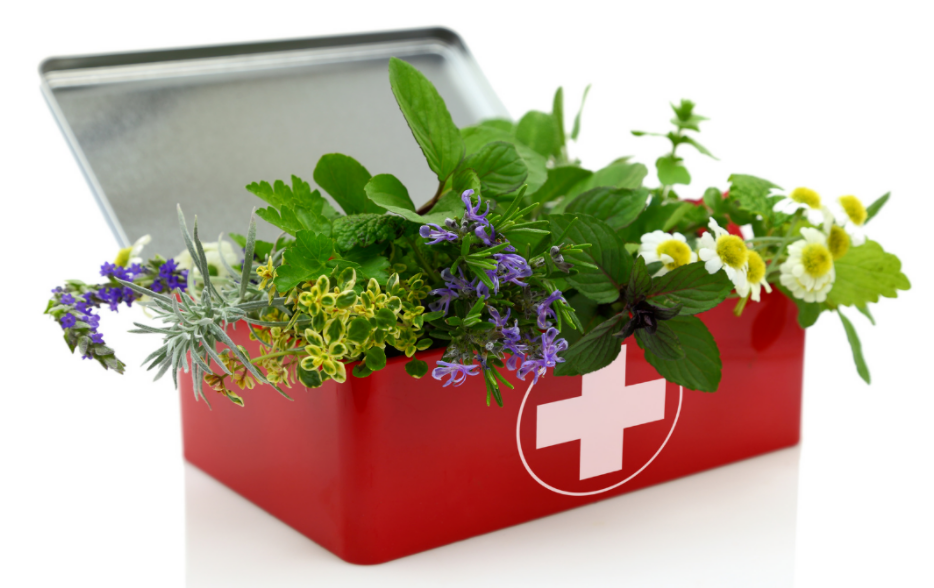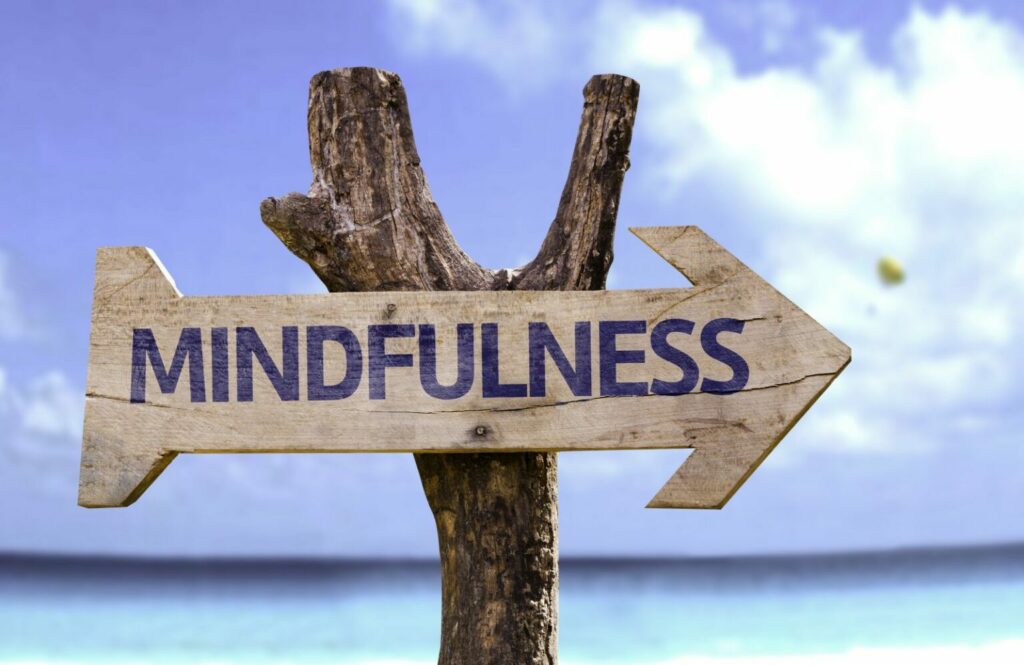Breath is life and repair: Nadi Shodana breathwork


Here, you learn to listen to your body, your soul and your ailments, to know how to rebalance your doshas and eliminate your troubles.
You also learn to recognize your emotions which flow from your doshas and the link with the tissues of your body.
Today I’m talking about a pranayama yoga technique called Nadi shodana or Anulom Viloma.
There are more than 200 existing pranayamas that one can practice to maintain one’s health, reduce one’s imbalances or one’s illness.
But what is the purpose of Pranayama?
The yoga-sutras of Patanjali (2nd century AD) and the Hatha-Yoga Pradipika (1500 AD), teach us that pranayama allows you to achieve:
- The stability of the mind:
“Exhalation and suspension of the breath produce stability of the mind. » Yoga-sutras of Patanjali, Aphorism I, 34
“When the breath is restless, the mind is restless. When the breath is still, the mind is still; the yogi attains fixity.
That is why one should stop the breath and practice pranayama. » Hatha-Yoga Pradipika, II, 2
- Concentration :
He who has mastered the breath has mastered the mind. And he who has mastered the mind has mastered the breath.” Hatha Yoga Pradipika, IV,21
“And the mind becomes capable of various forms of concentration. » Yoga-sutras II ,53
- Correcting Imbalances and Curing Diseases:
“Pranayama properly performed destroys all diseases…” HY II, 16
- Pranayama burns toxins: Your body is considered as a boiler:
– The top of your body (your lungs): intended for the air, it is the drawing of the breath,
– Your belly: this is where the fire of processing, digestion and metabolism.
-Your intestine: this is where the waste, the slag, is deposited.
The action of breathing is subdivided into 2 zones:
– Lungs reserved for INSPIR: Prana allows the energy to enter. The Inspir promotes combustion and accentuates the flame.
– The belly intended for the EXHALE: apana, it is the breath which will eliminate and evacuate. Exhaling will promote the elimination of your toxins by burning them.
The toxins being burned, the energies will circulate better, such as kundalini, which will allow the awakening of consciousness which is the ultimate goal of pranayama.
- Awakening your consciousness:
“Rightly one must each time throw out the air, rightly inhale it, rightly hold it back, thus one gets the perfect fulfillment. » Hatha-Yoga Pradipika, II, 18
“Then what hides the light dissipates.” Yoga-sutras of Patanjali, II, 52
“……sitting in padmasana, one has to repeatedly push apana vayu up and inspired prana down. One who accomplishes this attains incomparable enlightenment through the power of sakti. » Hatha Yoga Pradipika, I, 48
- The physiological effects of breathing:
What was once defined in the texts of India, between the years 820 and 300 BC, although the authoritative circles of India who can be assumed to know the matter advocate a very earlier date, ranging even up to 10,000 BC, is recognized today by Western science for its physiological effects at the level of Western science.
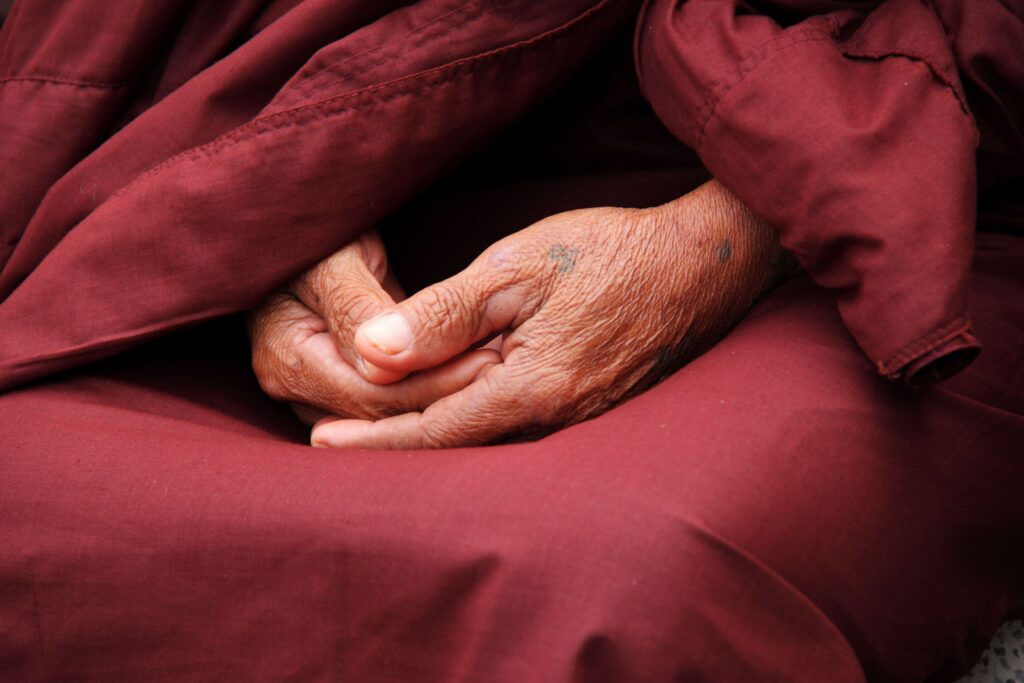

Setting up a conscious, slow, ample and regular breathing allows you:
• A physiological massage: Your intestines and your liver are the main beneficiaries: the liver is decongested and the digestive tract (as well as your spleen, your stomach and your pancreas) are massaged and toned.
• Detoxify your body:
Breathing brings oxygen: the lungs and the heart act as a pump, which circulates the blood and supplies your cells with renewed oxygen necessary for their homeostasis (which need this to live).
And in return your cells discharge their waste (carbon dioxide).
It is in the lungs that the waste products of your body are burned.
This prevents the development of germs such as the KOCH bacillus (tuberculosis).
• Boost your immune system:
Strengthen your body’s resistance to illness, fatigue, nervousness or irritability.
Breathing also circulates your lymph (= liquid rich in lymphocytes or antibodies that are stored in the lymph nodes).
Pranayama is used as rehabilitation methods for Covid patients.
The psychological effects of pranayama and yoga
If your breathing is of poor quality, this leads to poor physical and mental health.
During episodes of depression, or light depression: you close in on yourself… your body withdraws into itself and your chest is in a closed position.
An ample and qualitative breathing will therefore release the thorax, massage the plexus and thus by releasing the breath, release your psychic and bodily tensions, your emotions, your anxiety and your stress.
Pranayama helps to untie the emotional knots of the body and the mind.
Your anxiety, your stress, your lack of awareness affect the health of your intestines and therefore your digestion, but also the proper functioning of your main emunctory organs such as the liver, kidneys, lungs or stomach, to name a few. than them.
The establishment of a conscious, ample, and slow breathing will allow you to give space to your body areas, massage them and thus decongest them.
The goal of pranayama
There are two ways to approach yoga: western or traditional.
In the Western approach, yoga is a physical activity.
In the traditional Indian approach, the one that is dear and true one. Pranayama also seeks to promote a meditative state to awaken consciousness, clear the masks and reach your true You. This will be part of another article, because otherwise this article will no longer be an article but a book!
So how can you practice pranayama?
To practice pranayama we use the right hand. This is a habit anchored in the Vedic culture, especially when hygiene was not well respected or could not be. The hand was therefore considered pure, it is used for eating and the left hand for everything else. We observe in India as in the Arab countries that the inhabitants eat with their right hand.
For the pranayama, the right hand allows to intervene on the 2 entrance doors of the organism: the mouth and the nose. The left hand is for counting breath cycles if you find counting mentally tedious.
Counting with the fingers
We always count from 1 to 12. We count the phalanges by moving the tip of the thumb, making a spiral in the direction of clockwise.
Click here to learn how to count.
5 Rules for Pranayama and Yoga
- Respect nasal hygiene by practicing neti or nasyam every morning
- Ditto for the mouth with dantha [toothbruch] or hrid dhauti and every morning too
- Wash hands and face and wear clean clothes before each practice
- Always use the right hand on the face and the left hand to count
- Favor a longer exhalation period compared to that of inspiration
Today we start with Nadi Shodhana: Alternate breathing
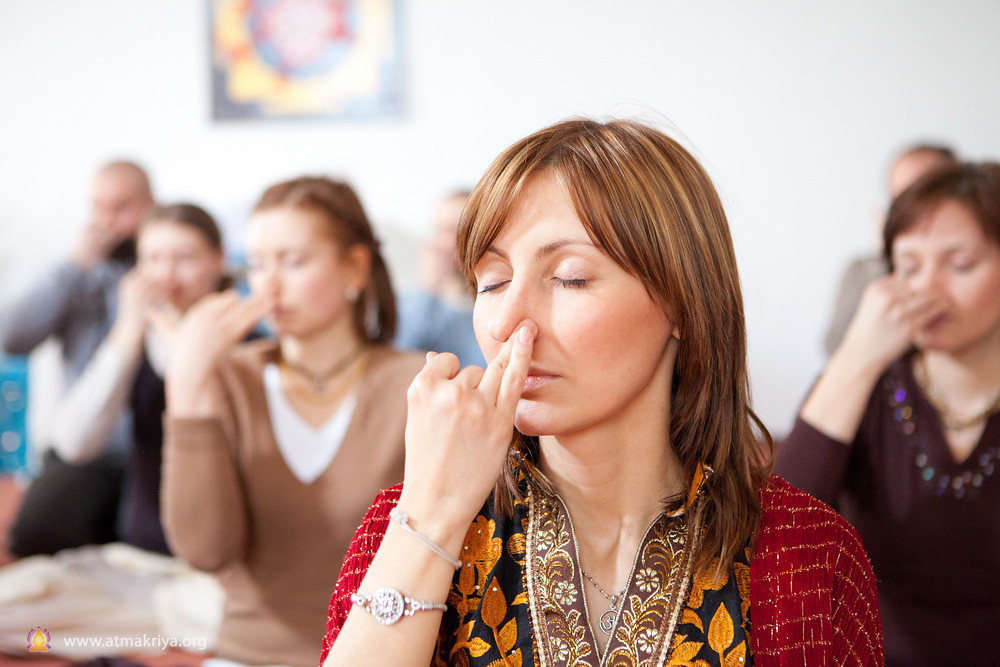

It is a basic breath that serves to purify and balance the energies. You will see further all the benefits. It is called nadi shuddhi (or shodhana) which could be translated as purification of the nadis.
Nadi is a term for the channels through which, in traditional Indian medicine and spiritual knowledge, energies such as prana from the physical body, subtle body and causal body flow. Prana energy is the life force, the vital energy which flows inside our bodies from the moment we are born
The nadis connect and ascend along the major chakras. The three main nadis run from the base of the spine to the head and are ida on the left, sushumna in the center and pingala on the right.
This pranayama consists of alternately breathing through either nostril.
It is easy to notice that you breathe more from one nostril than the other (the proportions are variable, it is never 0% in one nostril and 100% in the other, it varies between 20 to 40 % on one side and 60 to 80% on the other).
This corresponds to a cycle: for a time that can go from one to two hours, we breathe more through the left nostril, for example.
Then, for a very short time, the two nostrils are balanced, then one breathes through the right nostril also for one to two hours. Thus one must have a cyclic breathing which goes from one nostril to the other. Ideally these cycles should be balanced, succeeding one another.
The left side of the breath and the body represents the feminine lunar side, cold, peaceful, calm, at night, that of interiority, immobility, etc. The right side is the solar, masculine, hot, active, exterior, moving side, etc.
These cycles should be alternated, we should not have the same nostril breathing for 140 minutes for example. If a nostril works for 2, 3 or x cycles in a row, the whole energy balance will be disturbed and physical and psychological dysfunctions will follow.
It is essential for health to have balanced respiratory cycles.
Alternate breathing can either rebalance these cycles or keep them perfectly in order.
The teachings say that the physical, energetic or psychological dysfunctions are firstly due to a deregulation of the process of the alternating cycles of the breaths.
If our cycle is disturbed it is necessary to understand that the body is in a state of vulnerability, this can also explain a drop in energy or a depressive state. Nadi shodhana should be done two or three times a day for at least 10 or 15 minutes.
It is easy to understand the importance of good breathing when you know that it regulates all the energies of the body and the mind.
Alternate breathing is effective in achieving good health and a stable nervous balance.
It is she who can allow insomniacs to sleep, like hypertensives to “release the pressure”.
It allows a finer and more in-depth self-knowledge, it is a preponderant element to obtain a good quality of concentration.
You can also choose the type of pranayama you want to practice.
For example if you want to lose weight, work on hypertension, anxiety, stress, tone up, refresh the body…
Now let’s practice pranayama : a yoga practice!
- Position of the fingers
The fingers of the right hand must block the nostrils alternately, the thumb the right nostril, the ring finger the left.
The index and middle finger are either folded at the base of the thumb, or placed on the forehead at the level of the 3rd eye.
- Breathing cycle
Start by exhaling through both nostrils, then inhale through the left nostril.
From there you have to change nostrils each time you breathe out.
This gives: left inhale, right exhale, right inhale, left exhale, left inhale, right exhale, etc.
We finish after an inspiration on the right, exhaling through both nostrils.
- Breathing time
We can put or not put breath retentions.
The simple rhythms are:
1) 1 inspiration time, for example 4 seconds – 8 expiration times.
2) The same as before, adding a full-lungs retention which will be equal to double, triple or quadruple the time of inspiration.
In the example 4, 8, 12 or 16 seconds
3) A so-called “equal” rhythm: inspiration, retention with full lungs, expiration and retention with empty lungs being of equal duration, for example 5 seconds each or more according to your comfort, and above all without forcing!.
- And your eyes in all this?
They must remain closed and fix an interior point, where the fingers rest or look at the center of the forehead.
- The mantra
To accentuate the concentration you can also use a mantra:
“Yam” for the left side,
“Ram” for the right side.
And mentally repeat
“Yam” while inhaling or exhaling with the left nostril
“Ram” when it is with the right nostril.
If there is retention with full lungs, we stay on the mantra used during inspiration.
- Visualization
The simplest way is to see the air going up during the inspiration, which goes down during the expiration on the right or left of the spine according to the nostril which breathes.
Those who are accustomed can follow the air in the serpentine path of the Nadis passing through the Chakras, the left nadi is visualized lunar color, the right one solar color.
- Duration of your breathing
This technique should be done for at least 10-15 minutes without interruption. But to start, it’s already very good to do it 5min every day. Anyway if you start this practice, you won’t be able to do without it and you will easily reach 10 minutes of practice.
It can be done several times a day and push the sessions up to several tens of minutes if necessary.
Practice it whenever you need to clarify your thoughts, for decision making, to defuse stress or anxiety.
As you practice, you can also add these 3 contractions to increase the therapeutic effectiveness of this pranayama
If you do prolonged retentions, you can achieve these 3 contractions
– the anal contraction.
– abdominal contraction.
– contraction of the throat.
There are still contraindications and you may be concerned so before practicing read this:
If you have heart or lung problems: eliminate or reduce breath retention, and you can practice nadi shodana comfortably.
In this type of pathology and to go further in this practice, the breath work must be evaluated by a competent teacher.
Other variants exist, both in terms of the passage of air through the nostrils and the rhythm of the breath.
One can, for example, use the very rapid abdominal rhythm of the bellows (bhastrika). You can also use other mantras or other visualizations, but these techniques are more a matter of oral teaching with a teacher. Join me in my classes to learn all about it.
Do not hesitate to do and redo this breathing frequently.
Do not be afraid to do it over a long enough time.
The more you practice, the longer you will do it, and the more visible and lasting the results will be.
To try is to adopt it … the effects felt are undeniable, and I strongly encourage you to practice.
Since i practice, i mind is clear, i welcome me emotions and transform them, my digestion is so much better and i have lost weight. Many of my student are usins this one to clear their mind, stress and anxiety.
Here the complet list of benefits?
- Balances brain and energy activity
- Improves concentration
- Establishes calm or even falling asleep
- Reduces stress and anxiety
- Regulates thermogenesis
- Prepares the brain and the whole body for a state conducive to meditation
- Increases oxygen levels in the blood lowering inflammation and acidity in the body
- Purifies the metabolism by rejecting more carbon dioxide and toxin
- Slows down the respiratory system therefore the cardiovascular system and the metabolism
- Re-educates the respiratory system and releases emotional tension
- Calms the emotional state by balancing it
- Energizes in the morning
- Relax in the evening
- Become aware of the diaphragm and gradually relax it
- Increases prana
- Stimulates and strengthens the tissues
- Regenerates metabolism
- Reduces excess fatty tissue
- Lowers blood pressure
- Beneficial for the cardiovascular system
- Beneficial in case of chronic diseases
✔️In view of the benefits that this practice brings you, what are you waiting for to do yourself good and improve your condition?
✔️Practice of Nadi Shodana
Other articles and supplements
Hari Om
Take care, be kind, compassionate and love
References
Short Term Effect of Pranayama on the Lung Parameters
Health Impacts of Yoga and Pranayama
Effects of Pranayama on detoxification
Nasal breathing exercise and its effect on symptoms of allergic rhinitis – PubMed (nih.gov)
Yoga for improving sleep quality and quality of life for older adults

